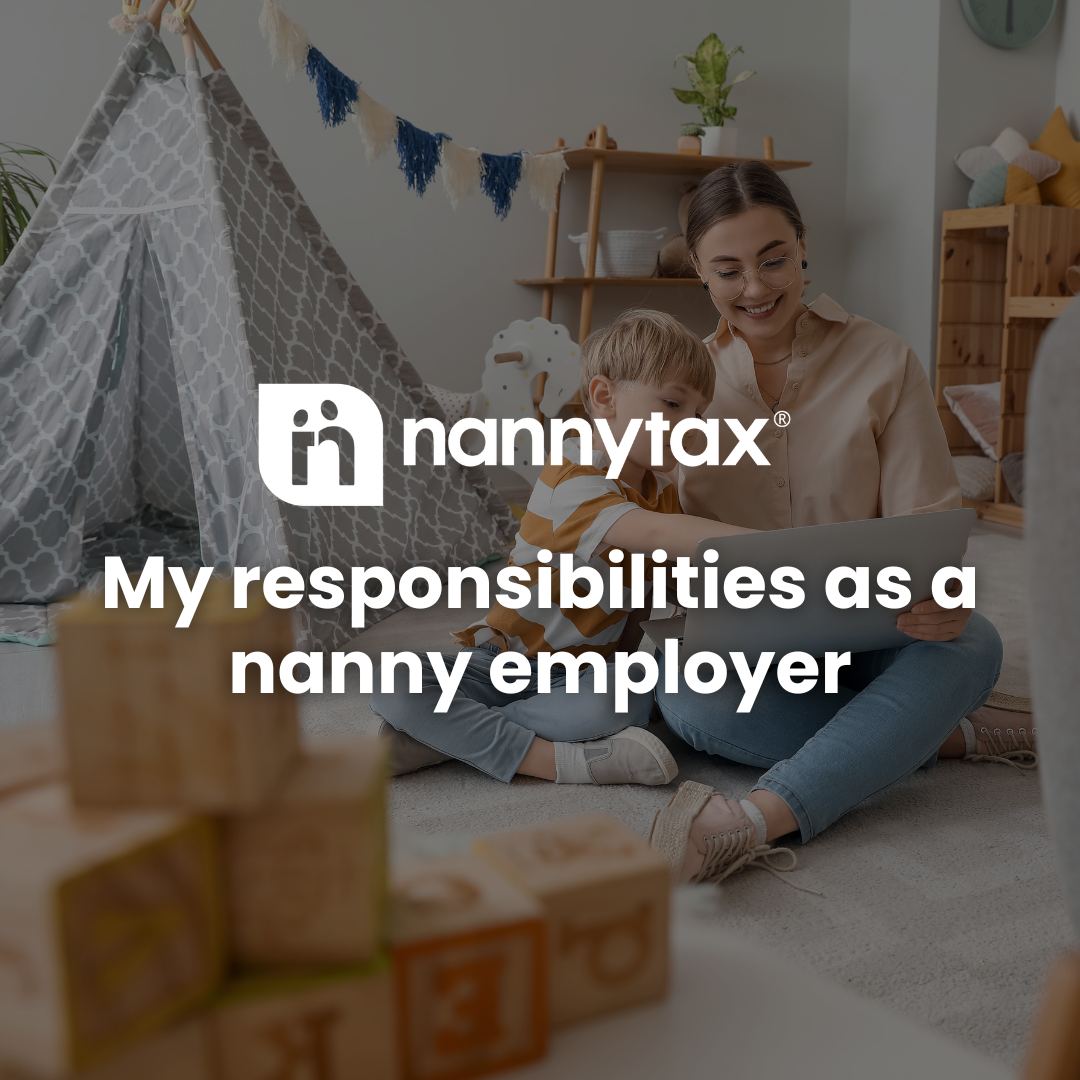My responsibilities as a Nanny Employer
If you’re new to employing a nanny, you might not be aware of all the things you will be responsible for when you become a nanny employer. Let’s talk about them.
Setting up and running payroll
When you become a nanny employer, you will need to register as an employer with HMRC, once you’ve done this you’ll need to set up and run payroll, providing your nanny with weekly or monthly payslips.
If you choose to use a nanny payroll service to run payroll for you, such as Nannytax, you will need to verify all the legal documentation is in place so that they can liaise as your payroll agent with HMRC.
Providing a nanny contract
When you find your new nanny, you will need to provide him/her with an employment contract. This will ensure both you and your nanny have a clear understanding of what is expected during the term of employment.
Reporting to HMRC
You will need to report all of your nanny’s earnings to HMRC if they are earning above the lower earnings limit, which is £120 a week. If your nanny is earning below the lower earnings limit but they have another job or other source of income, their earnings will still need to be reported to HMRC.
Paying your nanny and Tax & National Insurance liabilities
You’ll need to pay your nanny the net amount stated on their payslip each week or month, this is your nanny’s ‘Take Home Pay’ after Tax and National Insurance deductions. You will be responsible for paying any Tax and National Insurance liabilities to HMRC, these are paid either monthly or quarterly depending on the amount.
Pensions
If your nanny is eligible, you will need to enrol them into a workplace pension scheme. Once enrolled into the pension scheme, both you and your nanny will contribute to the pension.
Even if your employee doesn’t want to join or remain in the pension scheme, it is a legal requirement for you to enrol them. Once your nanny is enrolled, he or she may choose to ‘opt out’ if that’s what they wish to do.
Insurance
All UK employers must be insured. There are specialist nanny employer insurance options available to you, such as Enable Insurance. Holding an insurance policy will ensure you are protected if your nanny becomes injured or ill as a result of working for you.
How can Nannytax help?
This may all seem a bit daunting, but when you sign up to Nannytax, we’ll take care of all of this for you! From your initial Nanny PAYE Scheme set up to producing the final P45 when your nanny leaves, when you join Nannytax you can rest assured your nanny’s payroll is in safe hands.
This blog was written by Nannytax, the award-winning and UK leading nanny payroll experts with 30 years experience. Discover more about Nannytax here.





